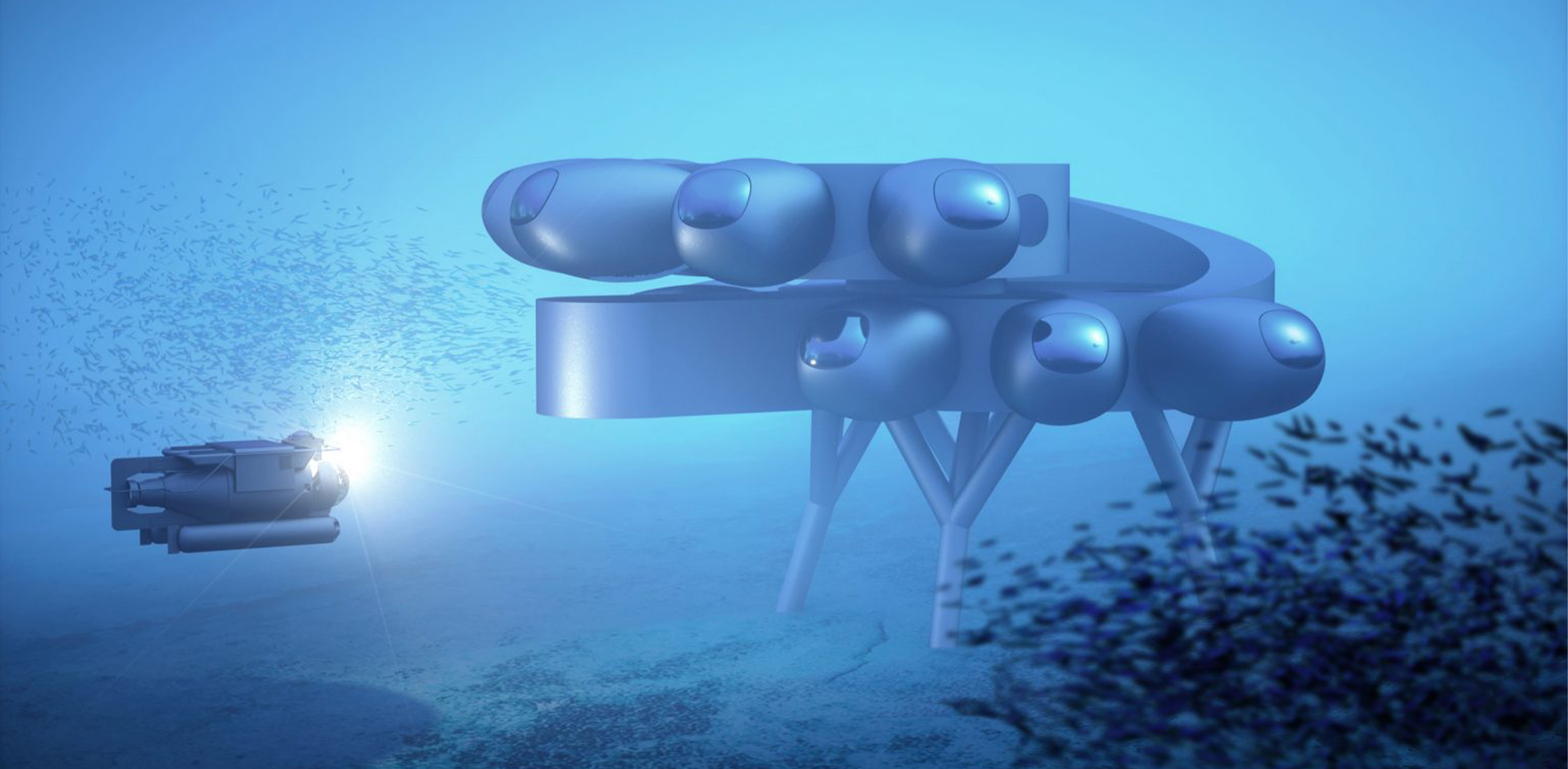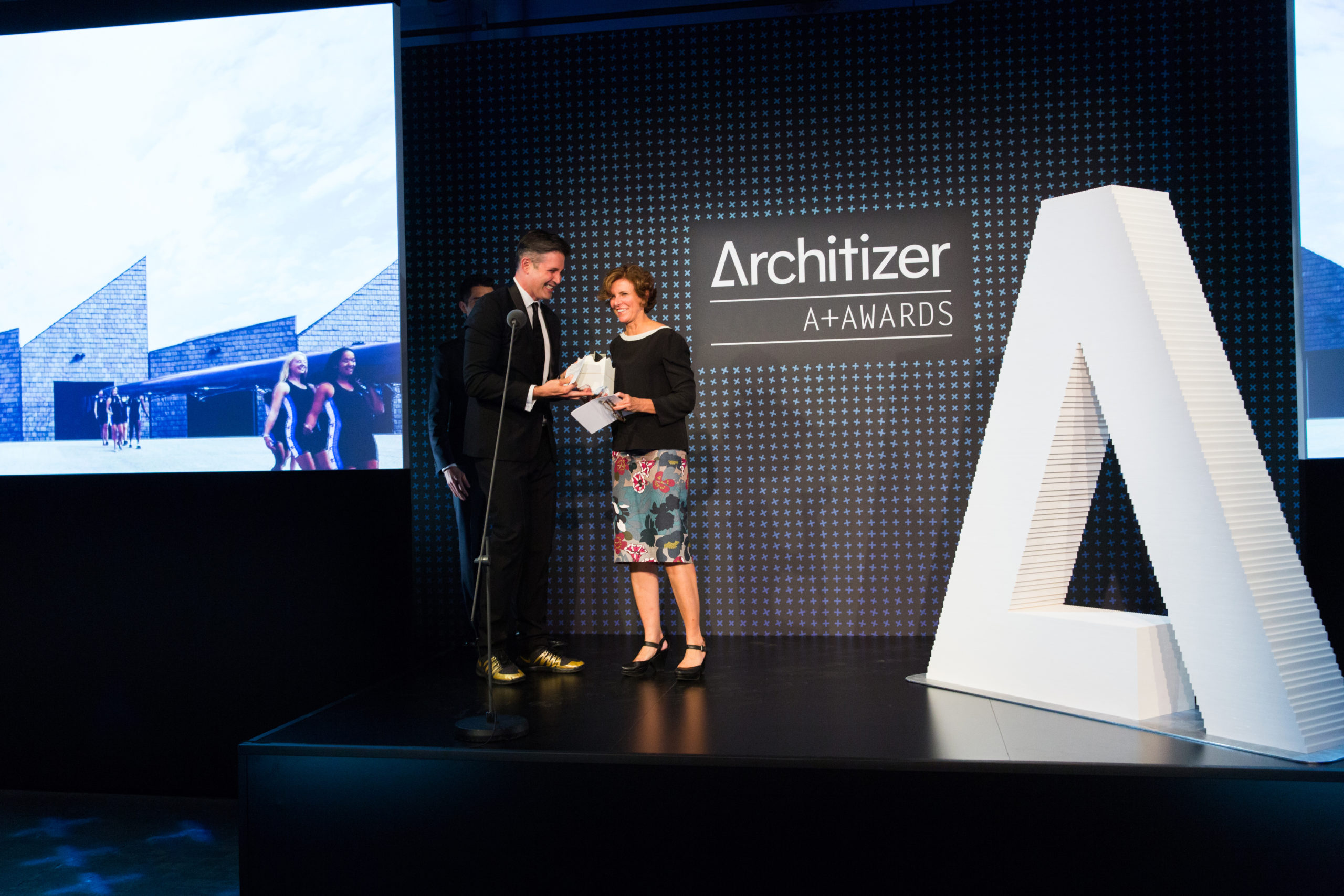Architects, interior designers, rendering artists, landscape architects, engineers, photographers and real estate developers are invited to submit their firm for the inaugural A+Firm Awards, celebrating the talented teams behind the world’s best architecture. Register today.
Swiss industrial designer Yves Béhar and French ocean conservationist Fabien Cousteau have unveiled their design for what could be the world’s largest underwater research station and habitat. Called Proteus, it was conceived as an underwater equivalent of the International Space Station.

Béhar and his team at Fuseproject designed the habitat for the Fabien Cousteau Ocean Learning Center. The 4,000-square-foot modular lab will sit underwater, at an approximate depth of 60 feet, off the coast of the Caribbean nation of Curaçao, providing a space for scientists and researchers to live and conduct advanced scientific and oceanic research. Work there will center around ocean conservation, promoting renewable energy and food sustainability. This will make Proteus the largest and most technologically advanced underwater station ever built.
According to ArchDaily, Proteus will enable “… the discovery of new species of marine life, creating a better understanding of how climate change affects the Ocean and allowing for testing of advanced technologies for green power, aquaculture, and robotic exploration.”
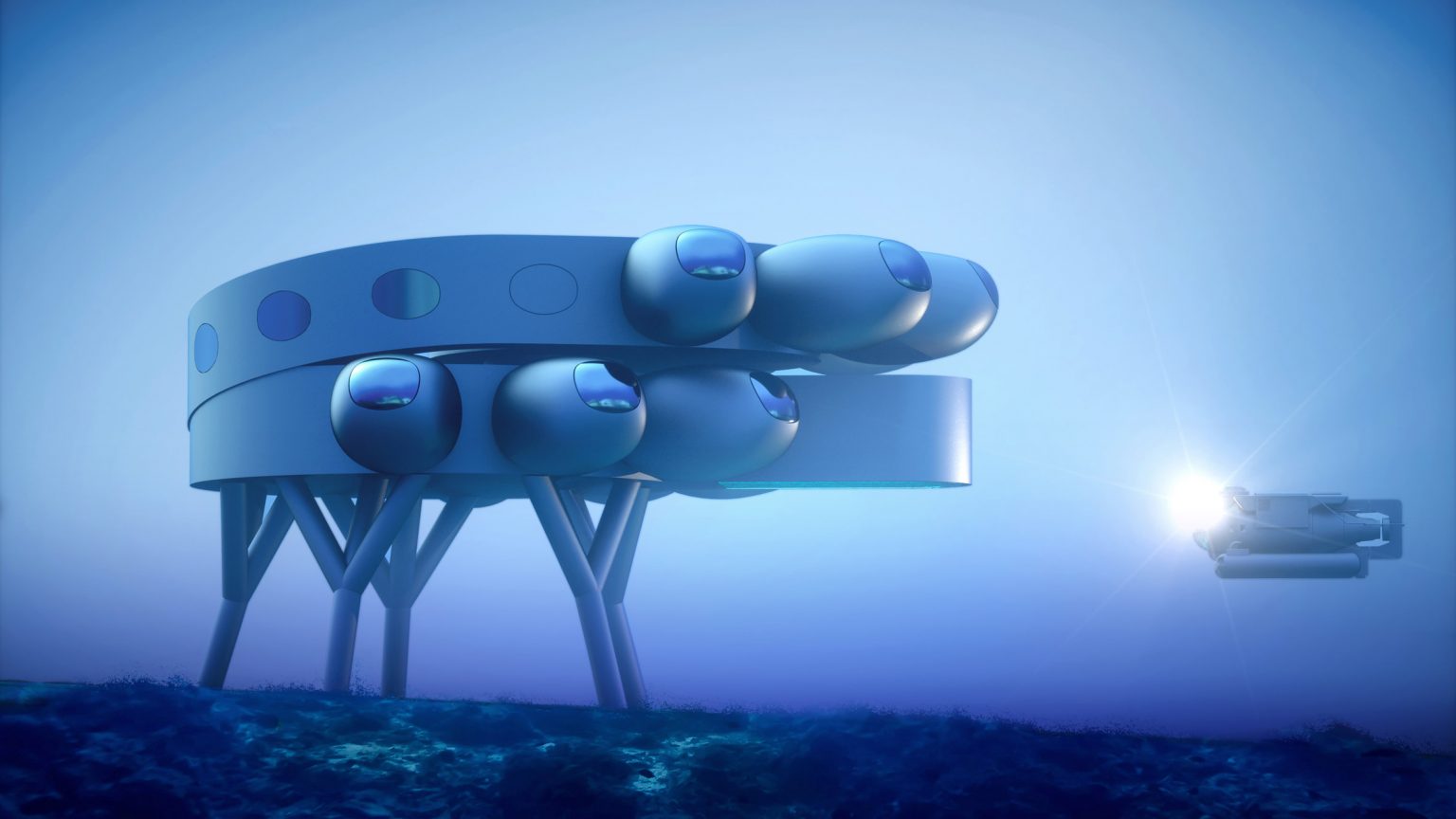
Proteus will be a two-story circular structure grounded to the ocean floor on stilts. A series of protruding pods will contain laboratories, personal quarters, medical bays and a moon pool, where divers can access the ocean. The facility will be powered by wind and solar energy, along with ocean thermal energy conversion. It will also include the first underwater greenhouse and a video production facility.
Like the International Space Station, the underwater habitat will host an array of government agencies, academics, scientists, NGOs and the private sector in order to collaborate. Proteus will be able to hold up to 12 people at the same time for up to 30 days, which is longer than any underwater station ever built.
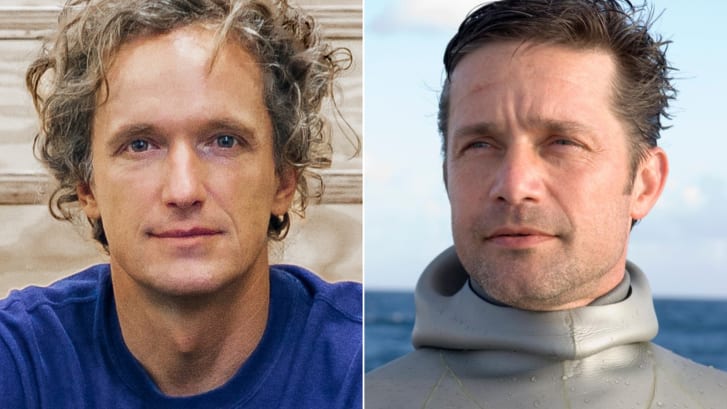
Yves Béhar (left) and Fabien Cousteau (right)
Proteus is not a huge departure for Fabien Cousteau. He comes from a family of famous oceanographic explorers, the son of filmmaker Jean-Michel Cousteu and grandson of Aqua-Lung co-creator Jacques-Yves Cousteau.
In terms of the habitat’s aesthetic, Béhar and Cousteu “…wanted it to be new, different, inspiring and futuristic.” As explained by Béhar, the team looked at “everything from science fiction to modular housing to Japanese pod [hotels].” Older underwater research facilities from the 60s and 70s were also studied, informing Proteus’ retro-futuristic look.
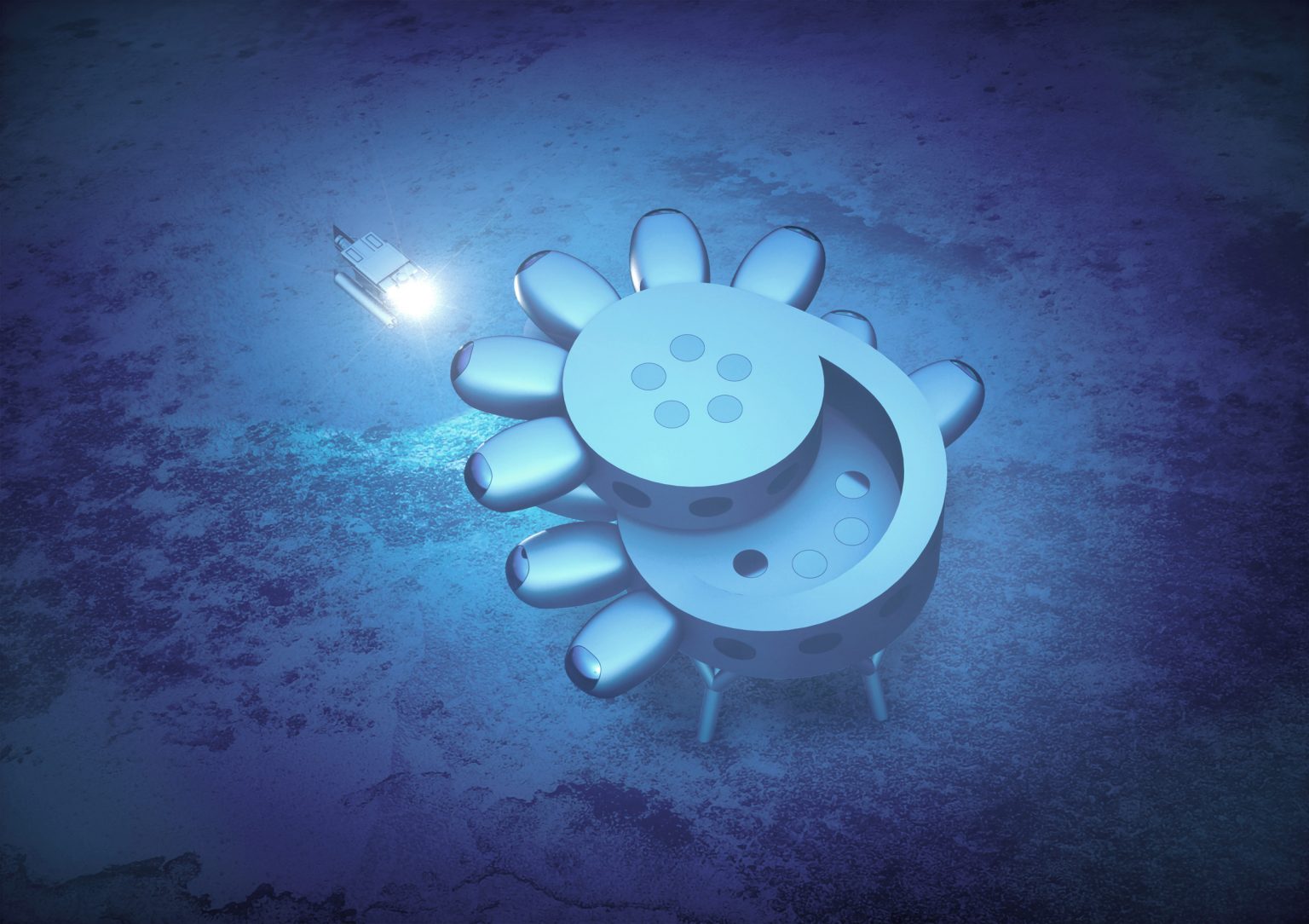
These renderings are the latest step for the pair’s ambitious project. As noted by CNN, Cousteau believes it will take three years for Proteus to be realized, though the COVID-19 pandemic has already delayed the process. Béhar hopes the project will be one of a series of marine habitats dedicated to research and conservation.
Architects: Showcase your next project through Architizer and sign up for our inspirational newsletter.
All images via Fuseproject
